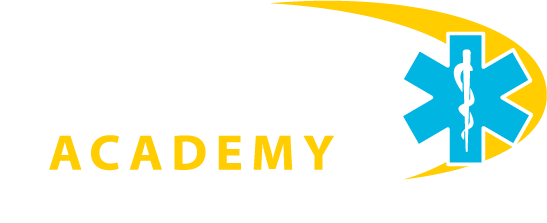| Course Name |
Course Description |
Hours |
| Module 1: EMS Systems |
EMS Systems explains how you can prepare to handle EMS systems. |
1.5 |
| Module 2: Workforce Safety and Wellness |
This course covers the National EMS Education Standard Competencies for workplace safety which includes: Standard safety precautions, Personal protective equipment, Stress Management, Dealing with death and dying, Prevention of response-related injuries and Prevention of work-related injuries. |
0.5 |
| Module 3: Medical, Legal and Ethical Issues |
This course follows the National EMS Education Standard Competencies in regards to medical, legal and ethical issues. The content defines what consent is and how it relates to decision making. It also explains local EMS system protocols for using forcible restraint and your role and obligations if a patient refuses treatment or transport. Finally, it discusses the relationship between patient communications, confidentiality, and the Health Insurance Portability and Accountability Act. (HIPAA) |
0.5 |
| Module 4: Communications and Documentation |
This course discusses the techniques of effective verbal communication. It gives the EMT information on skills that should be used to communicate with family members, bystanders, people from other agencies, and hospital personnel. It also focuses on special considerations in communicating with older people, children, patients who are hard of hearing, visually impaired patients, and non-English-speaking patients. |
1.5 |
| Module 8: Lifting and Moving Patients |
This course explains the need and use of the most common patient-moving equipment, the stretcher, and backboard. It also demonstrates the technical skills and general considerations required of EMTs during safe patient handling. |
0.5 |
| Module 35: Geriatric Emergencies |
This course defines the impact of age-related changes on assessment and care. You will learn about the changes associated with aging, psycho-social aspects of aging and age-related evaluation and treatment modifications for the primary or common geriatric diseases and emergencies. This course content will define the term geriatrics and some of the special aspects of the lives of older people. Also how to understand generational considerations when communicating with a geriatric patient. |
1 |
| Module 37: Transport Operations |
This course explains the different equipment that many of today’s ambulances are equipped with to include state-of-the-art technology. This technology can greatly aid in directing the route and mode of response of the ambulance. It is also distracting and, therefore, potentially places the crew at higher risk for crashes. Additional course focus includes following all safety guidelines, the emphasis on the rapid response that may place the EMT in great danger while responding to calls. |
0.5 |
| Module 38: Vehicle Extrication and Special Rescue |
This course explains the responsibilities of an EMT during a patient rescue and vehicle extrication. It also discusses how to ensure safety at the scene of a rescue incident, including scene size-up and the selection of the proper personal protective equipment and additional necessary gear. An additional focus of the training is real life examples of vehicle safety components that may be hazardous to both EMTs and patients following a collision and how to mitigate their dangers. |
1 |
| Module 39: Incident Management |
This course defines the knowledge of operational roles and responsibilities to ensure patient, public, and personnel safety during Mass-Casualty Incidents Due to Terrorism or Disasters. It defines international terrorism and domestic terrorism; including examples of incidents that have been caused by each one. |
2 |
| Module 40: Terrorism Response and Disaster Management |
This course defines the knowledge of operational roles and responsibilities to ensure patient, public, and personnel safety during Mass-Casualty Incidents Due to Terrorism or Disasters. It defines international terrorism and domestic terrorism; including examples of incidents that have been caused by each one. |
0.5 |

